A good landing is any landing you walk away from. A great landing is when you can use the airplane again. Who doesn’t enjoy the classics? As humorous as these sayings can be, they occasionally do contain some nuggets of wisdom. For example, I would consider Captain Sully’s landing in the Hudson River a good landing, even a great one. Does it count as reusing the airplane if it spent some time earning revenue at a museum? It probably is not exactly what the expression meant, but we can make an exception.
When your aircraft is in tip-top shape and everything is working properly, you should be able to reuse the plane after each landing. Unfortunately, every now and then our beloved flying machines let us down. This can be caused by something internal, like an engine or propeller issue, or driven by external factors, like Captain Sullenberger’s bird ingestion. Most often, it’s because the pilot did something incompatible with continued flight, like trying to run the engine on an empty fuel tank. When this happens, it is critical that the PIC’s mindset change. No longer is the goal of this flight to reuse the airplane, especially since it now belongs to the insurance company. The goal is to use the fabulous technology and engineering to prevent injury to the lives aboard as much as humanly possible.
So You Decided To Crash…
First and foremost, the decision must be made. “Analysis paralysis”—which can be defined as overanalyzing or overthinking a situation to the point no action is taken—is very real. It isn’t such a big deal when trying to pick out a restaurant on Friday night, but it can be critical when facing an emergency landing. When an aircraft is not capable of level flight, time is altitude and altitude means options. An imperfect decision made immediately can be more effective than a perfect decision made too late.
The FAA’s Airplane Flying Handbook presents three major psychological factors that hinder making the correct decision when confronted with the problem. One is a reluctance to accept the emergency; put another way, an unconscious desire to delay the dreaded moment may lead to errors. Second, there’s the desire to save the airplane; you want to take it back in the same condition as when you left. But the airplane is already letting you down, and you owe it nothing. There’s also self-preservation, but the record favors pilots who maintain their composure and apply proper concepts and procedures developed over the years. The Airplane Flying Handbook says it well: “The success of an emergency landing is as much a matter of the mind as of skills.”
Fortunately, the numbers are on your side. I tried digging up some statistics on the survivability of controlled crashes, but it is a challenging thing to define. What I was able to find was still promising. Of 1275 accidents in 2018, 224 were fatal. Right off the bat, only 18 percent of accidents were fatal in 2018. If you dig a little deeper, you find that there are three types of accidents that have fatality rates even approaching 50 percent. Loss of control in-flight, controlled flight into terrain and unintended flight into IMC are the top three. On the other side of the coin, system malfunction (powerplant) has a fatality rate below 10 percent. And since there’s no requirement to report off-airport landings that don’t result in severe/fatal injuries and/or substantial aircraft damage, it’s safe to say more of these events occur than the NTSB’s numbers reflect.
Choices, Choices
This is one of the hypotheticals for the FBO’s pilot lounge: Would you head for the semi-busy highway, or the woods? The golf course or the river? Before we talk technical, we need to resolve a philosophical quandary: Whatever choice you make must consider risk to persons on the ground. When you choose to fly, you accept a certain degree of risk. Our goal should be to reduce that risk to the minimum acceptable for any given flight. Sadly, despite our best efforts, it is never reduced to zero. Folks on the ground did not accept that same risk. It is every pilot’s responsibility to avoid risking the lives of others at all costs.
Avoiding crash injuries boils down to two goals: keeping the cabin as intact as possible and avoiding body contact with said cabin. How do we accomplish this? Reduce airspeed and maximize deceleration potential. Airspeed reduction mostly involves hitting the crash surface at the slowest possible airspeed. The Airplane Flying Handbook provides a powerful example of how critical each knot is.
Modern light airplanes are typically designed to provide protection for crash landings up to at least a 9G deceleration. The older the airplane, the less likely it meets this standard. In a perfect world, at 50 mph, a uniform 9G deceleration requires 9.4 feet. A 100 mph, 9G deceleration requires 37.6 feet. Perfect, uniform deceleration will be rare. That being said, it is worth noting that doubling the speed quadruples the distance needed to decelerate at a given rate.
Additionally, you can use your aircraft and the terrain around you to reduce your speed safely. Using the wings, landing gear and fuselage bottom to slow down will do no favors on getting the airplane flying again, but it will keep your seat and the metal around it as intact as possible. Fields with dense crops, vegetation and even trees can act in a similar manner as EMAS. This is where reducing airspeed meets maximizing deceleration potential. You can be flying a perfect emergency approach, slow as possible and into the wind, but if you come to a stop too quickly or cannot keep the airplane straight, the chance of injury increases. Just like in a car, you have the most protection in a head-on collision. For example, if you were to drive into a tree head-on at 20 mph in your car, you have the crumple zones and material in front of you to help dissipate energy. If you were to hit that same tree sideways, say with the driver’s door, the potential for injury rises.
This point comes up most frequently when dealing with landing in a forest or wooded area. There are several guidelines for landing in trees, and I recommend reading whatever you can about the subject because there is too much to include here. The challenge with landing in trees is there’s little opportunity to practice or train this, and it all happens quickly. The long and short of it involves the same theory. Use the aircraft and terrain to attempt to dissipate the energy as evenly as possible and avoid hard contact with the cabin.
Ditching is another suitable option, and the result is often a smoother deceleration. Check your aircraft’s AFM for a specific procedure, but there are some general techniques that apply to all aircraft. The AIM provides guidance on planning a descent into different swells and wind strengths, and is worth reviewing in conjunction with your AFM to come up with a solid plan should this misfortune ever befall you. Once you have planned your approach and configured, the next battle is the touchdown. Especially in fixed-gear aircraft, reducing airspeed and maintaining the lowest rate of descent will minimize the chances of flipping.
Securing And Evacuating
When I conduct training, I often give out engine failures or simulated fires to a landing. Usually, folks have a plan for this, either following a flow or the appropriate checklist. If fortune permits, sometimes we actually get to land! Here is where things can go a bit sideways if you don’t have a plan. After we clear the runway, I will usually ask what their plan is for securing and evacuating the aircraft. Clearly this aspect of training is overlooked. Frequently, a crashed aircraft is a fire hazard, and sometimes damage to the frame prevents the doors from being opened normally. There would be nothing worse than flying a successful emergency landing and then being injured or killed in a post-crash fire.
Out of everything we have talked about, this is the safest (and cheapest!) to practice. If I am new to an airplane or reviewing one that I haven’t flown in a while, I will sit in the cockpit and review the securing aircraft checklist if there is one. Remember that fire needs oxygen, heat and fuel. Cutting the mixture, mags and electrical power will help minimize sources of fuel and heat. Sometimes you will be able to secure the airplane before the crash takes place, which just speeds up the process.
Lastly, you need to get out. Even if there is no evidence currently of a fire, it is not worth the risk of dawdling. Odds are, you are proficient at exiting the aircraft, but what about your passengers? What if your door is jammed shut? A mentor of mine plays a game with his family where, after they fly, they practice exiting the aircraft as quickly as possible. They have a plan to manipulate the seats so they can assist the kids in the back, and everyone knows to avoid the prop area. Hopefully, you never need to put this drill to the test, but it is best to be as prepared as possible.
The lesson here is that crash landings are extremely survivable. Fly the airplane through the crash, and plan your evacuation accordingly. Use that flying machine to make sure you get the opportunity to fly again.
Types Of Off-Field Landings
While I obviously fully recommend a precautionary landing if there is the opportunity, sometimes we are not so lucky. While a forced landing or ditching is not ideal, the situation is far from helpless. Staying proficient in emergency procedures and keeping a cool head may not save your airplane, but it will give you the best chance to walk away. And always keep in mind the wisdom of the late, great Bob Hoover: “If you’re faced with a forced landing, fly the thing as far into the crash as possible.”
Precautionary
Precautionary landings are premeditated landings, on or off an airport, when further flight is possible but inadvisable. This can be caused by weather, fuel shortage or decaying aircraft health. This is the most favorable solution because you still have power available to plan your approach.
Forced
Forced landings are immediate, on or off airport landings necessitated by the inability to continue further flight. Due to some psychological factors, pilots tend to pass by precautionary landings, despite it being the safer option.
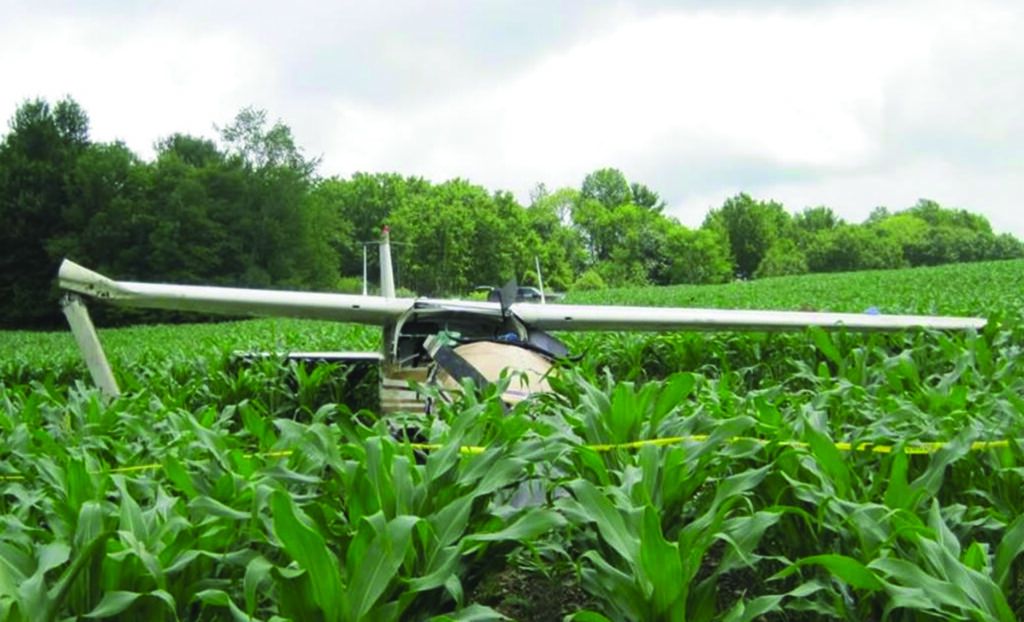
Ditching
The last type of emergency landing is ditching, which is either a precautionary or forced landing in water. Depending on the terrain, it might be the best option
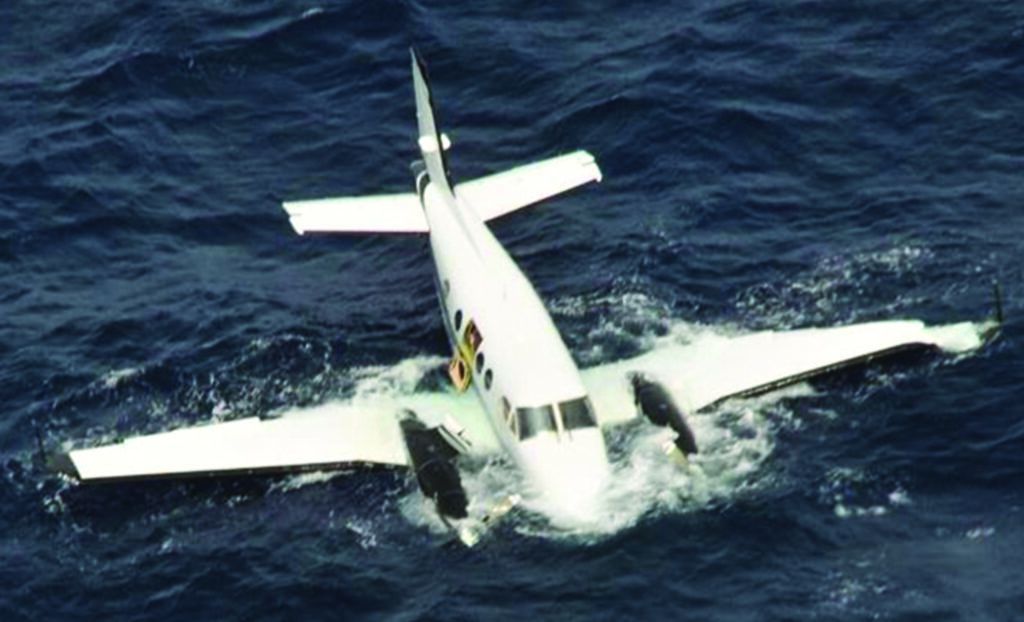
Flows, Flows, Flows
I am a big fan of normal and abnormal procedures being conducted using the do-verify method. Using a flow that fits the ergonomics of the aircraft and subsequently verifying the completion of the checklist adds a layer of redundancy to your procedures and allows you to defer checklists to non-critical phases of flight. Practicing flows for emergency procedures can ensure completion of required items when there might not be time to pull out the checklist. The nice thing about flows is that you can design them specifically for the aircraft you fly.
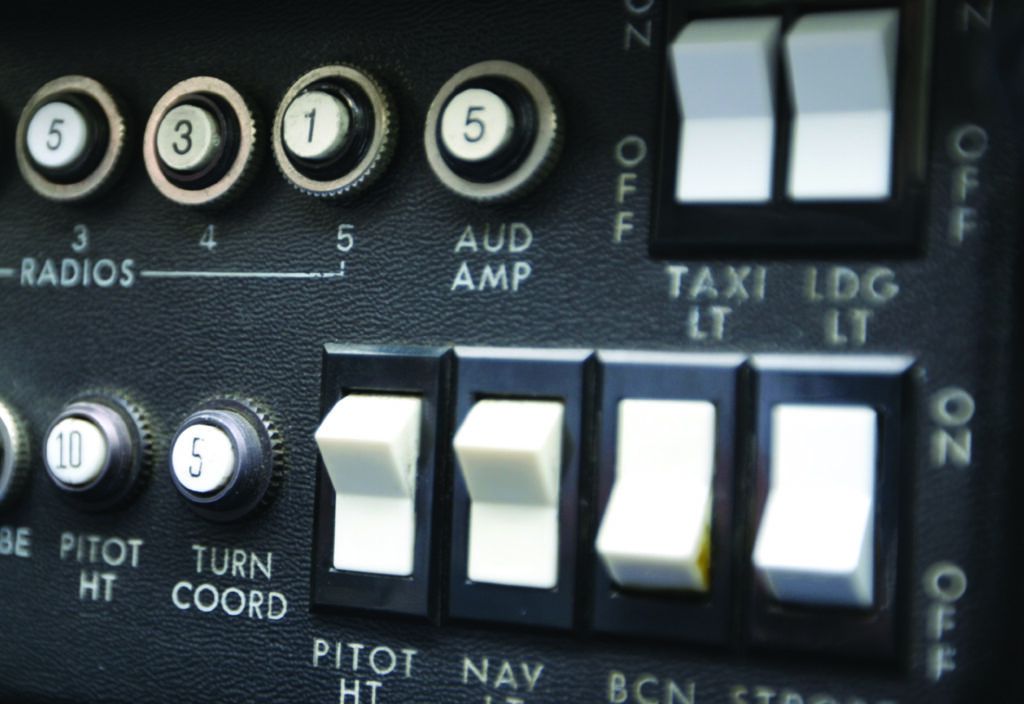
Creating flows for your emergency and abnormal procedures can be easier than just memorizing the steps, because it is further cemented with tactical feedback and the cockpit can trigger reminders. Bring out your POH/AFM and look over the emergency procedures section. Pick a few that could create too high a workload or would not allow time to pull out the checklist. Map out all the items required on the checklist, and then organize them into the most logical order. Most checklists are designed this way anyway, so it should be easy. Run the pattern 10 times or so, until you don’t need to reference the checklist. Now if you have an engine failure at 400 feet, you will have a procedure in place.
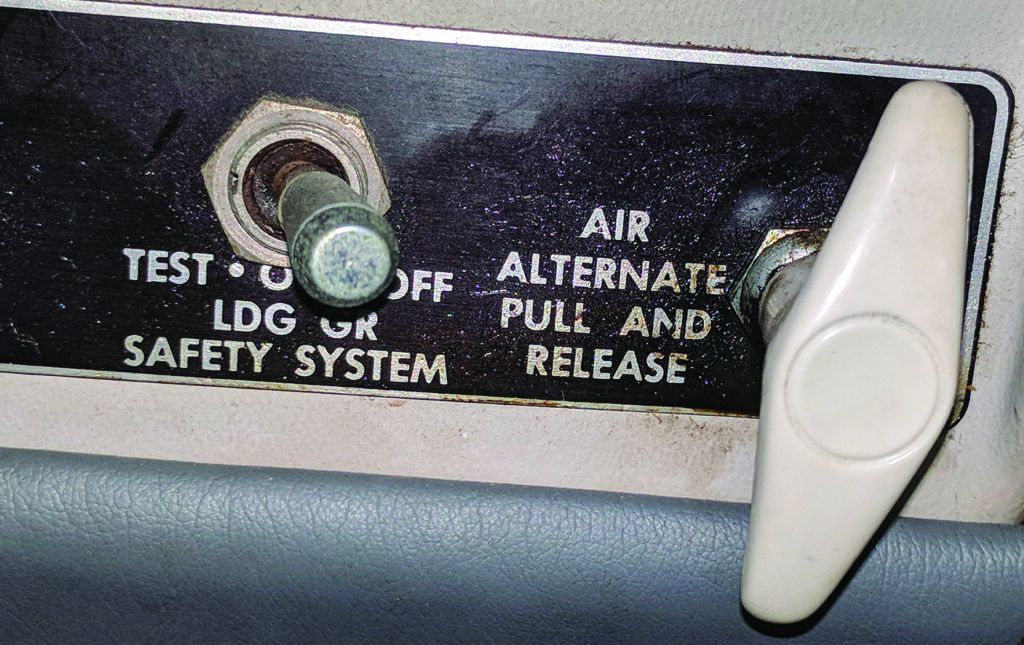
Getting The Word Out
I wrote about declaring emergencies for the August 2021 issue, so hopefully I am not beating a dead horse here, but something to consider after a crash landing, especially one off-airport, is getting rescued. Imagine executing the perfect off-airport landing only to not have cell coverage. There are several ways to ensure someone is watching over you.
Flight Plans
A little old fashioned, but easier than ever! If you are in a remote area, especially without radar coverage, it’s beneficial to make sure that someone out there confirms your safe arrival. Just don’t forget to cancel!
Flight Following
If you do have radar coverage, beyond the benefits of airspace and traffic separation, it is great to have ATC watching over you. If you need to declare, they have your position and most of the info they need already.

The ELT
Something I like to do when I fly a new plane (or one that I haven’t flown in a while) is ensure I know where the ELT switches are, if any, and check the unit’s security, including the antenna. Older ELTs have a low activation rate (25 percent!) in crashes, so it’s worth adding to your preflight flow if you don’t know the airplane.
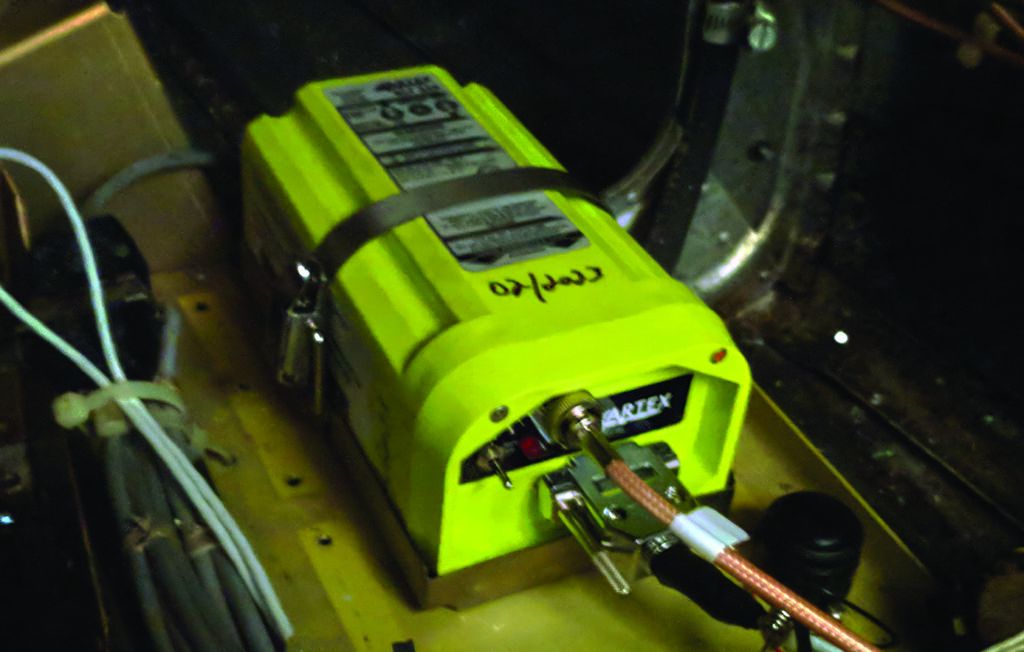
Ryan Motte is a Massachusetts-based Part 135 pilot, flight instructor and check airman. He moonlights as Director of Safety when he isn’t flying.
This article originally appeared in the October 2021 issue of Aviation Safety magazine.
For more great content like this, subscribe to Aviation Safety!


































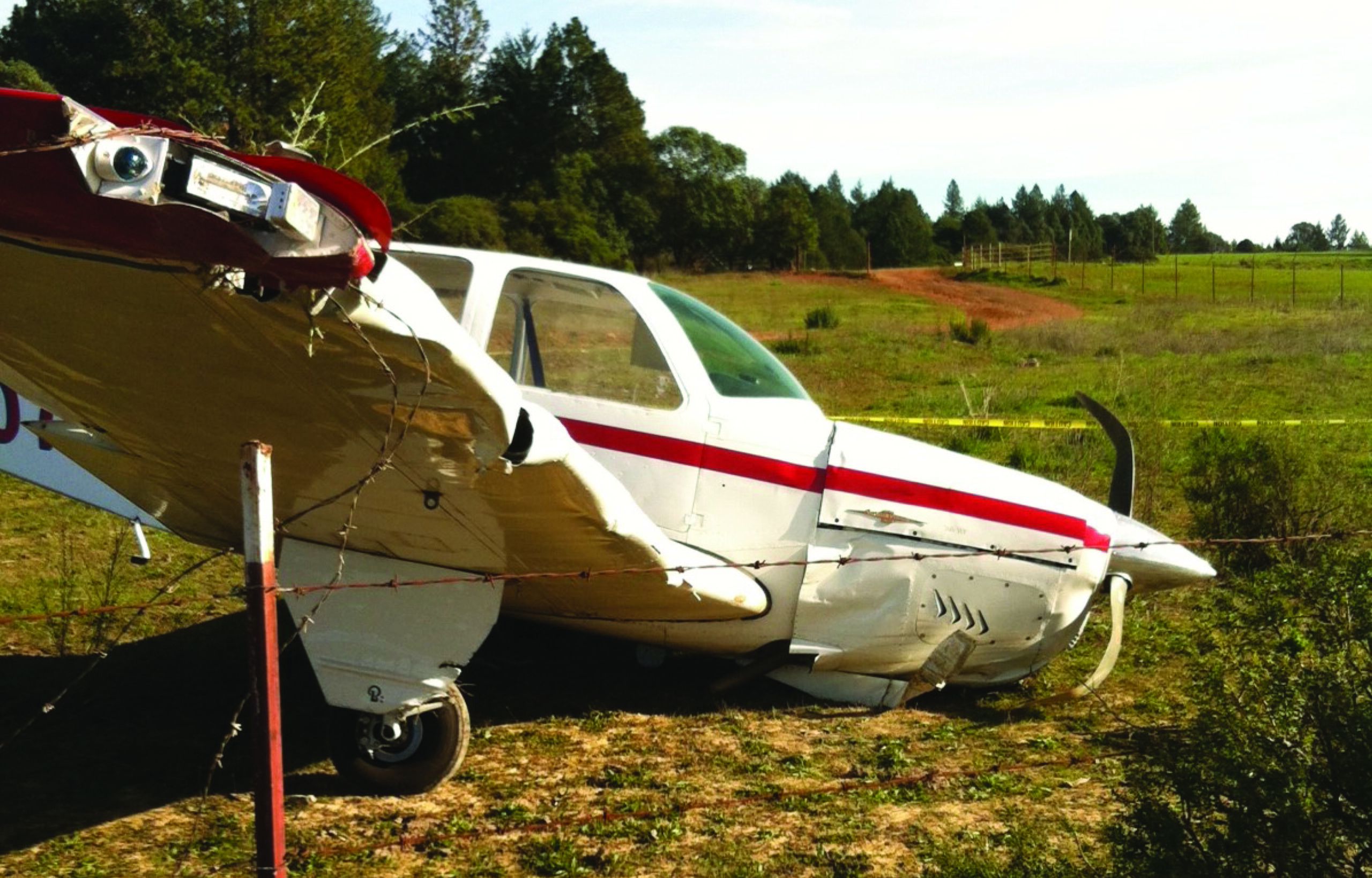

Excellent summary. I would add that, except for maybe the Cirrus and a few others, aircraft are designed with horizontal crashing in mind and not so much vertical. So although minimizing forward speed is essential, it’s just as essential to avoid stalling as that would increase the vertical speed component. Since part of a pre-crash check list is to turn off main power, an electrically-powered stall sensor won’t work. So it’s important to get a feel for what attitude your plane assumes at minimum controllable airspeed to avoid stalling. As Bob Hoover once put it, it’s best to keep flying the plane through the crash.
How far back is “modern” for the statement “Modern light airplanes are typically designed to provide protection for crash landings up to at least a 9G deceleration” to be true?
The most important factor in surviving a forced landing is the attitude of the airplane when you hit. The ideal is wings level and slightly nose up. The further away you are from this the less survivable the crash will be. A steep nose down and banked attitude is usually fatal, which is why low altitude stall spin accidents almost always have a very bad outcome.
I remember listening to 2 instructors talk about the relative merits of various crop types in the selection of a field for the forced landing. I think this is massive negative learning, yet this sort of overthinking the process seems to be fairly common in flight training. I tell my students you don’t chose the field the field choses you. Pick something close with minimal obstacles on the approach if able and don’t worry about the field.
Keep the airplane under control for that ideal touchdown attitude, that is what is going to let you and your passengers walk away from what is left of the airplane….